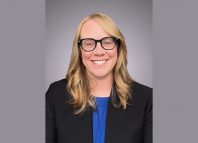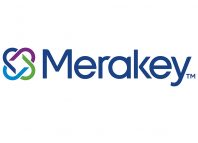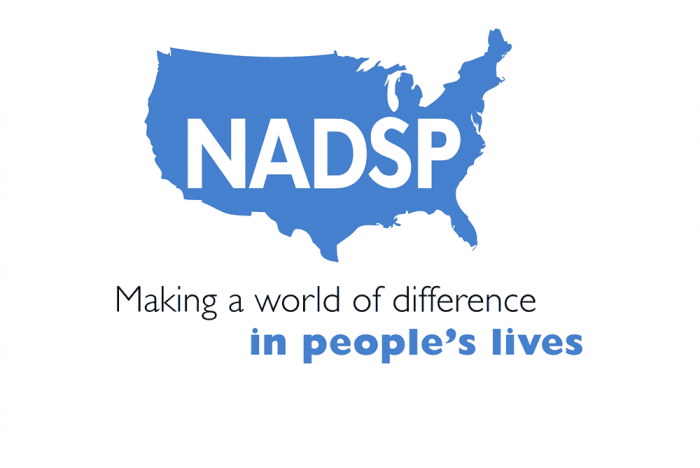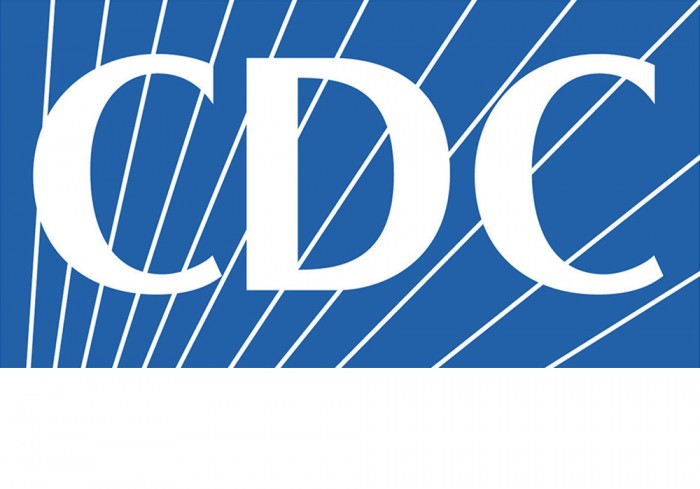PA ABLE Turns 5!
Please join PATF in celebrating the fifth anniversary of the PA ABLE Savings Program.
PA ABLE helps Pennsylvanians with disabilities and their families save safely.
Since the first PA ABLE accounts opened five years ago, Pennsylvanians have saved nearly $72 million for current and future expenses, including assistive technology, education, housing, transportation, health care, financial management, and more.
The program provides a tax-free way to save without affecting eligibility for critical means-tested benefits such as Supplemental Security Income (SSI) (up to $100,000) or Medical Assistance.
Learn how to set up an ABLE account here.
“Having the ability to save through the ABLE program provides an opportunity for people with disabilities to escape the cycle of poverty that is so often their reality. The ABLE program can make it possible for people with disabilities to be empowered to have greater control over their financial future.”
– Susan Tachau, PATF CEO
This month, our CEO, Susan Tachau, joined PA Treasurer Stacy Garrity, Senator Lisa Baker (R-20), Sherri Landis of The ARC of PA, and other disability advocates in Harrisburg to mark PA ABLE’s fifth anniversary. Read the full News Release.
PATF’s Financial Capability Resources
April is Financial Capability Month so now is a great time to check out our interactive and accessible financial education website. The website is a companion to our book, Cents and Sensibility: A Guide to Money Management. Explore our financial education resources.
Financial education is the key for living independently and access to this information is crucial. With these financial capability tools, people have a solid foundation for success.
In recognition of our financial education work, we were awarded the Non-Profit Organization of the Year 2021 Excellence in Financial Literacy Education (EIFLE) Award.
Planning for the Future
PATF’s Board of Directors adopted a three-year Strategic Plan Framework, placing equal focus on our four programs: financial loans, information and assistance, financial education, and advocacy.
Additionally, PATF is working on succession planning as CEO Susan Tachau will be transitioning to a new role as Innovations Officer at PATF in September.
PATF has also launched a DEI+A initiative, which includes an internal audit, recommendations for individual and organizational growth, and learning sessions on Diversity, Equity, Inclusion, and Accessibility.
Smart Homes Made Simple Webinar Draws International Attention
In 2021, we published Smart Homes Made Simple: Your Guide to Smart Home Technology and launched Smart Homes Made Simple to help the disability community learn about mainstream smart home devices and how they can be financed. In March of this year, PATF hosted a smart home webinar, Real Life Stories: Using Smart Home Technology for Independence, with more than 500 attendees from around the world!
Upcoming Events
The Center for Independent Living of Central PA is hosting a free Youth-Adult Wheelchair Basketball Clinic on Saturday, May 14. PATF’s Outreach Director, Wendy Davis, will be there and can talk more about how PATF can help people with purchasing adapted sports equipment. Learn more about this event.
Disability Pride PA kicks off Disability Pride Philadelphia Week with a flag-raising at City Hall on Monday, June 6 at 3:00 pm. The parade takes place on Saturday, June 11. Get more details.
The Technology Enhancing Capabilities Virtual Conference will be held on Wednesday, June 22. PATF CEO Susan Tachau will be joined by Michael Anderson, Alexa Brill, and George Russo, as they discuss how they use smart home technology to live safer and with greater independence. Additional information.
















